Five-Point Belts Will Paralyze You and Other Fun Safety Facts

What is that car? Some of you will figure it out immediately, while the rest will want to sneak a peek at the end of this article. Regardless of the make and model, here’s what it is: it’s a race car that competes in an entry-level ARCA series. No longer street legal. Not even close. Since it’s a race car, it uses (some) racing safety equipment. That’s all well and good. There’s a problem, however. In the past couple of years, I’ve seen more and more drivers incorporating “harness bars”, four-or-five-point belts, and other racing-style accessories in their street/trackday cars. Those people are risking their lives, and if you’re one of them, you should keep reading.
As trackday drivers progress into the intermediate level, they start to notice a few things about the interface between (wo)man and machine in a street car. To begin with, most of us sit much too far away from the steering wheel when we’re on the street. This is the standard test: Sit all the way back in your seat, with your shoulders resting firmly on the seatback. Now stick your right arm out and lay on the top of the steering wheel. Where on your arm does the wheel make contact? For most street drivers, the answer will be “the ends of my fingers, maybe.” That’s bad news. Move your seat and seatback forward until it’s your wrist that touches the top of the steering wheel with your arm straight out.
This puts you a lot closer to the wheel. How close? Well, here I am behind the wheel of the Mystery Car, which is now revealed by its windshield banner to be a Mystery Rental Car. Surely you’ll figure it out now, but note that I have about a 90-degree bend in my arms when I am grasping the wheel.
Yes, that’s an Omega Speedmaster “Broad Arrow” I’m wearing. Thanks for asking. Even this close to the wheel, however, we face another problem with car control. Most street cars can generate 1g or more on a racetrack. The Audi R8 I tested at MSR Houston two years ago generated transitional g-forces of 1.18g during a 90-mph entry to a corner. This is more sideways force than I would encounter if the driver’s seat were mounted sideways on a wall and I was trying to sit in it. No wonder, then, that during fast driving we find ourselves sliding around in the seat a lot.
Heavy braking produces a similar effect, and not all inertia-reel seatbelts will hold us in the seat when it happens. This means we can’t use our left foot to brake. We have to use it to press against the floor and keep us in the chair. Damn. What we’d really would be a way to hold us securely in the driver’s seat during trackdays.
Enter the harness bar. It allows us to use four-or-five-point harnesses in a street car. Fixes all the problems. We’re locked securely in the seat. We can left-foot brake, we can fingertip-control the car since we aren’t hanging on to the steering wheel in corners. It’s perfect.
Race cars don’t have harness bars. They have roll cages. When you roll the car and land on your roof, the main roll hoop and halo bar are supposed to prevent the roof from collapsing. Most of the time, this works. Sometimes the forces are too much to predict, but in general, when race cars roll over, the cage does what it’s supposed to do.
What happens in a street car? Well, the roof collapses. There’s some roll reinforcement in most factory cars, but it’s not what you get in a race car. When the roof collapses, it’s okay, because a three-point belt allows your head and torso to move forward, away from the collapsing roof.
Unless, that is, your head and shoulders are locked in position by shoulder harnesses. What happens then? Simple. Your neck supports the force of a rolling automobile landing on the roof. Hope you have a strong neck. If you don’t, you are either dead or paralyzed.
Some track rats figure this out, so they go ahead and cage their street cars. That leads us to another problem. During a high-speed impact, your body and head will end up in all sorts of places, even if you’re strapped into the seat. I was in a race-car accident where the top of my helmet grazed the “halo bar” at the juncture of roof and windshield. Without that helmet, I’d have cracked my skull. It’s illegal to wear a helmet on the street in many states. Don’t ask me how I found that out. Even if you don’t crack your head, your hands, arms, and other soft body parts may come into direct contact with solid steel rollcage bars. That’s a contest the steel bar always wins.
There’s a race-car safety system, and it consists of a full cage, five-point harnesses, helmet, and full race suit. There’s a street-car safety system, and it consists of three-point inertia belts, airbags, and soft interior surfaces. Don’t mix the two. The results are never good. It’s mandatory to wear a helmet at most trackdays, unless you’re driving the ‘Ring, so that’s just something we have to live with. The rest of the time, however, be smart. Leave the racing equipment at the track. If you think your car is too fast to drive on-track without a half-cage or five-point belts, it’s worth considering whether you and your massive talent really shouldn’t be in a real race car.
Our Mystery Car, for example, can be raced at any Flat Rock ARCA race for the staggering sum of $300 plus damage. That includes entry to the race. Why not give it a shot and see whether you’re ready to be a racing superstar? I wasn’t quite ready myself: as the official ARCA report shows, I finished one step off the podium in my oval-track debut. This was my ride: behold the amazing Flat Rock Tempo!

More by Jack Baruth
Latest Car Reviews
Read moreLatest Product Reviews
Read moreRecent Comments
- Brendan Duddy soon we'll see lawyers advertising big payout$ after getting injured by a 'rogue' vehicle
- Zerofoo @VoGhost - The earth is in a 12,000 year long warming cycle. Before that most of North America was covered by a glacier 2 miles thick in some places. Where did that glacier go? Industrial CO2 emissions didn't cause the melt. Climate change frauds have done a masterful job correlating .04% of our atmosphere with a 12,000 year warming trend and then blaming human industrial activity for something that long predates those human activities. Human caused climate change is a lie.
- Probert They already have hybrids, but these won't ever be them as they are built on the modular E-GMP skateboard.
- Justin You guys still looking for that sportbak? I just saw one on the Facebook marketplace in Arizona
- 28-Cars-Later I cannot remember what happens now, but there are whiteblocks in this period which develop a "tick" like sound which indicates they are toast (maybe head gasket?). Ten or so years ago I looked at an '03 or '04 S60 (I forget why) and I brought my Volvo indy along to tell me if it was worth my time - it ticked and that's when I learned this. This XC90 is probably worth about $300 as it sits, not kidding, and it will cost you conservatively $2500 for an engine swap (all the ones I see on car-part.com have north of 130K miles starting at $1,100 and that's not including freight to a shop, shop labor, other internals to do such as timing belt while engine out etc).



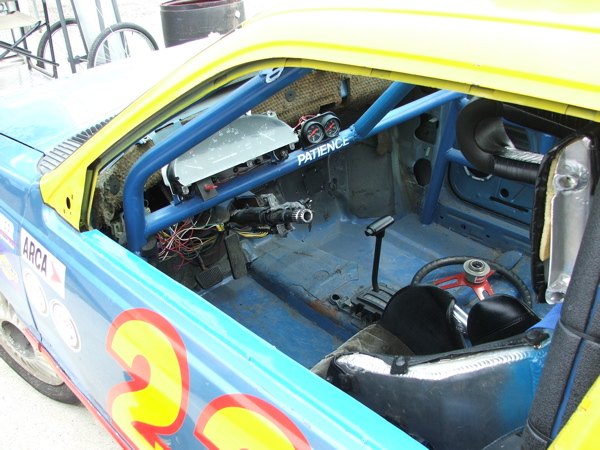














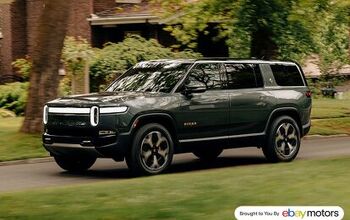


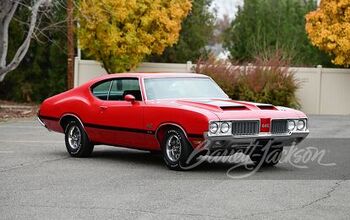
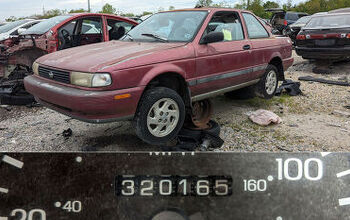

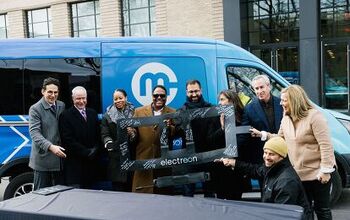

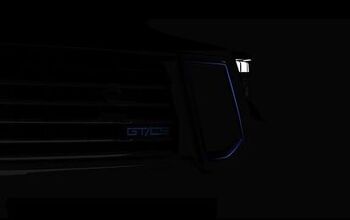
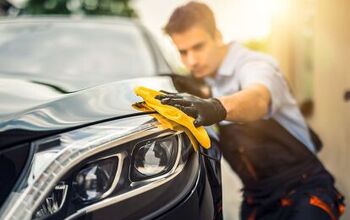


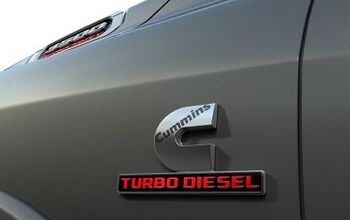
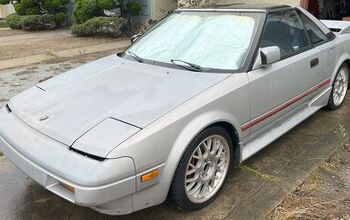
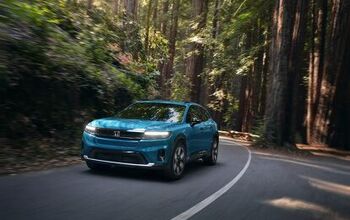
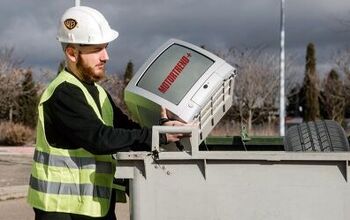


Comments
Join the conversation
My daughter has a 78 jeep cj5 and with the risk of roll over I built a full rollcage and 4 point harnesses for driver and passenger with a passenger safety handle to grab so your arms stay inside the vehicle. I realize the article is not about a jeep but you can't lump all street driven vehicles into one group. I also added wider axles and a built 302 Chevy small block with 1000 cfm MPI fuel injection so the gas pedal can get it out of as much trouble as the brake pedal.
I'm sorry but I stopped here at this lie.
"There’s a problem, however. In the past couple of years, I’ve seen more and more drivers incorporating “harness bars”, four-or-five-point belts, and other racing-style accessories in their street/trackday cars. Those people are risking their lives, and if you’re one of them, you should keep reading."
If a 5 point harness was "unsafe", it would not be used on childrens carseats. The author must feel that 2 point lap belts are safer.
It doesn't get any safer than having a 5 point harness in everything from a daily driver to a full blown race car.